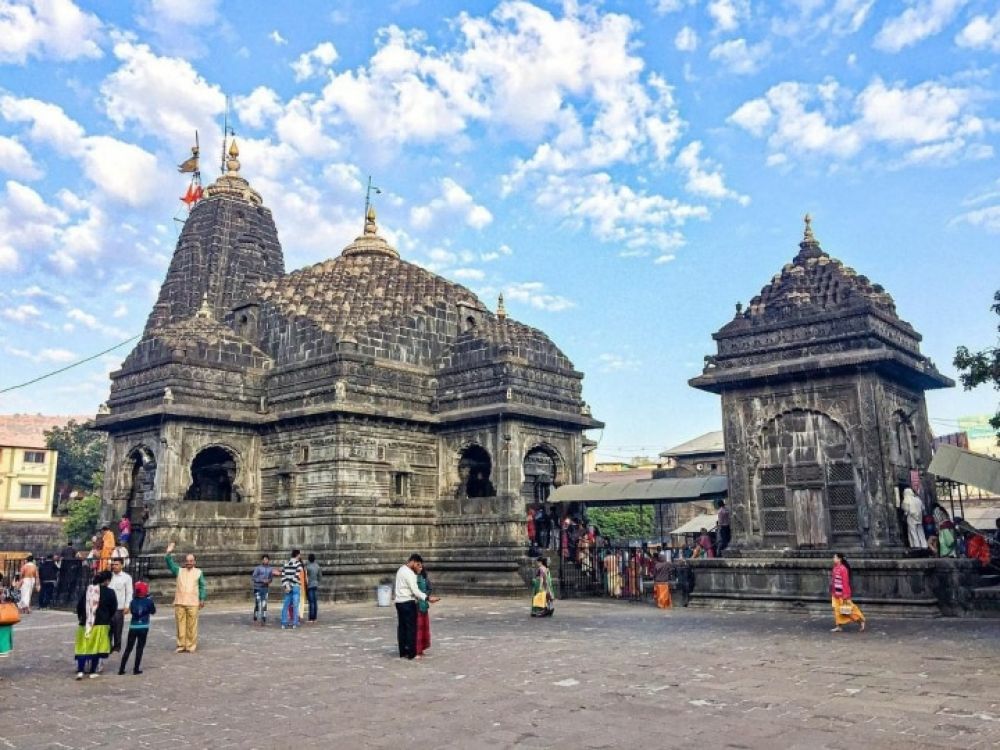

Trimbakeshwar, nestled in the Sahyadri mountain range of Nashik, Maharashtra, is not merely a place but an experience steeped in spirituality and sanctity. The temple, one of the twelve Jyotirlingas of Lord Shiva in India, represents the essence of divinity where the God resides as a light (Jyotirlinga) that fulfills all the desires of the devotees. Trimbakeshwar is not just an architectural marvel but a beacon of faith for millions.
Tourism at Trimbakeshwar Temple dates back centuries as it has always been a significant destination for pilgrims. Historical records and folklore suggest that saints and sages have visited this holy place since ancient times, seeking divine truths and enlightenment. Over the years, the temple has drawn not just the faithful but also history enthusiasts and tourists from around the world, captivated by its cultural richness and mythological legacy.
In the earlier days, the pilgrimage to Trimbakeshwar was not an easy task due to the lack of proper roads and transportation. Devotees undertook arduous journeys, braving natural elements to offer their prayers. Today, thanks to the development of infrastructure, reaching Trimbakeshwar is much easier, attracting larger crowds looking for a spiritual retreat. The temple area is now well-equipped with amenities to cater to the needs of modern tourists while preserving its ancient charm.
The Kumbh Mela, held once every 12 years in Nashik, is a significant booster for tourism in the region. Trimbakeshwar sees a massive influx of pilgrims during this time, with millions congregating to take a dip in the sacred Godavari river. The Mela is a spectacle of faith and offers a unique glimpse into India's spiritual tapestry and cultural vibrancy, making it a must-visit for any cultural aficionado.
In recent years, the temple authorities and government have focused on enhancing the experiences of international and domestic visitors. Efforts include improved facilities, digital information systems, and better crowd management techniques. However, the tourism sector at Trimbakeshwar, like many across the globe, faced a downturn during the COVID-19 pandemic. With health and safety protocols in place, the temple is gradually reopening to tourists, embodying the resilience of faith against adversity.
In response to the pandemic and changing tourist preferences, Trimbakeshwar Temple has adapted by offering online services. Devotees can now participate in virtual pilgrimages and view live darshan from the comfort of their homes. This trend caters to the needs of those who are unable to make the physical journey but still wish to connect spiritually with the sanctity of Trimbakeshwar.
In conclusion, the Trimbakeshwar temple remains one of the most everlasting symbols of spiritual tourism in India. The intricate blend of history, faith, and modernity ensures that it continues to be a beacon of hope and spirituality, drawing visitors from all walks of life to partake in its timeless legacy.